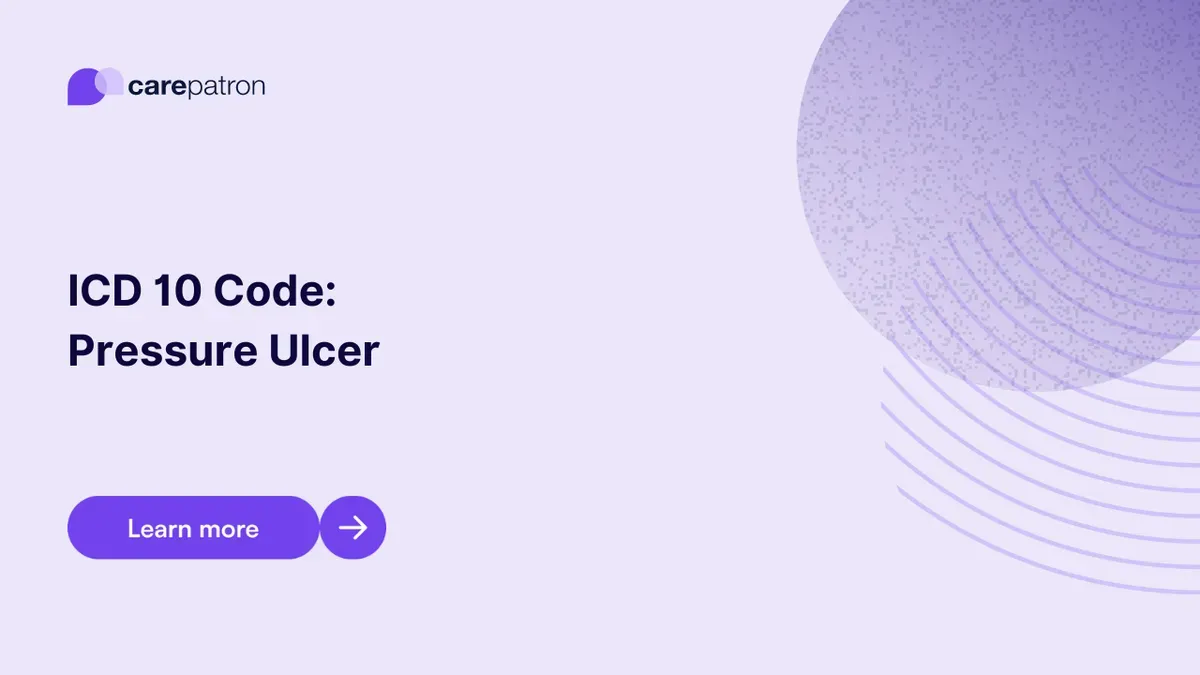
Pressure Ulcer ICD-10-CM Codes | 2023
Read this short guide to learn about Pressure Ulcer ICD codes you can use!
Use Code
Commonly asked questions
Potentially. As much as possible, they should be treated while they’re in Stage 1. If left unchecked and untreated, it could lead to complications like bone infections, bacterial infections, and sepsis.
Pressure must be relieved to treat bedsores. Stage 1 bedsores can easily be treated, but Stage 2 to 4 need wound care and managemen. This includes cleaning wounds and applying dressing. Pain relievers, antibiotics, and NSAIDs will likely be administered, too.
They will likely undergo debridement, a procedure that removes dead tissue. Skin grafts can be performed to close the wounds properly.
EHR and practice management software
Get started for free
*No credit card required
Free
$0/usd
Unlimited clients
Telehealth
1GB of storage
Client portal text
Automated billing and online payments
